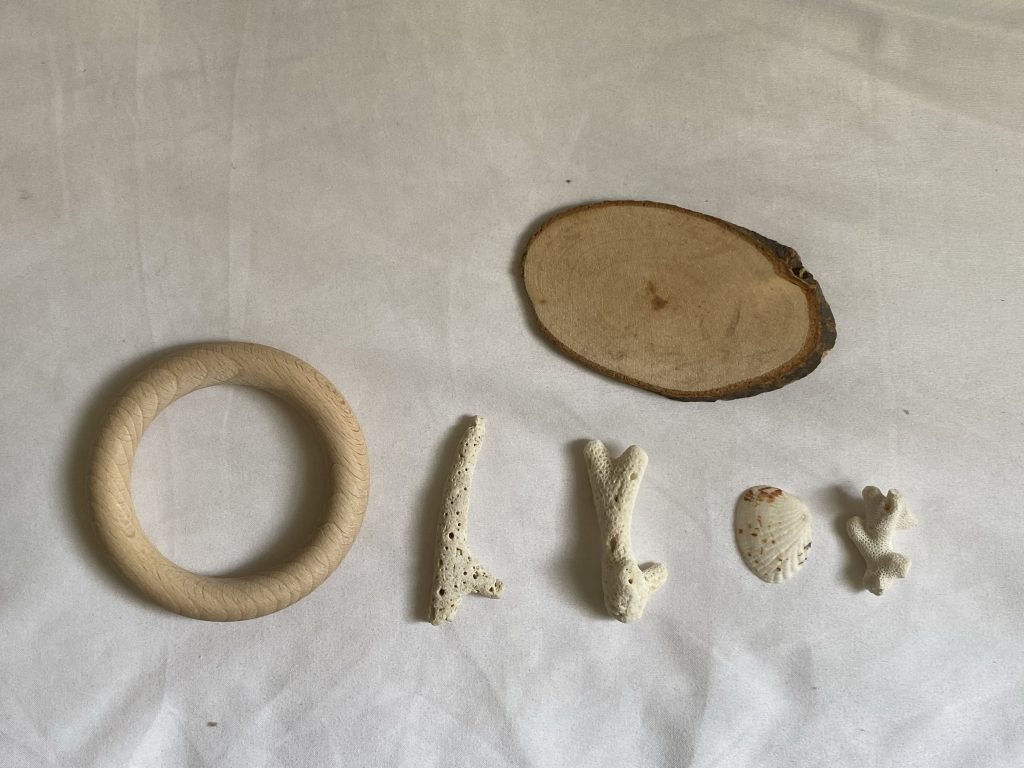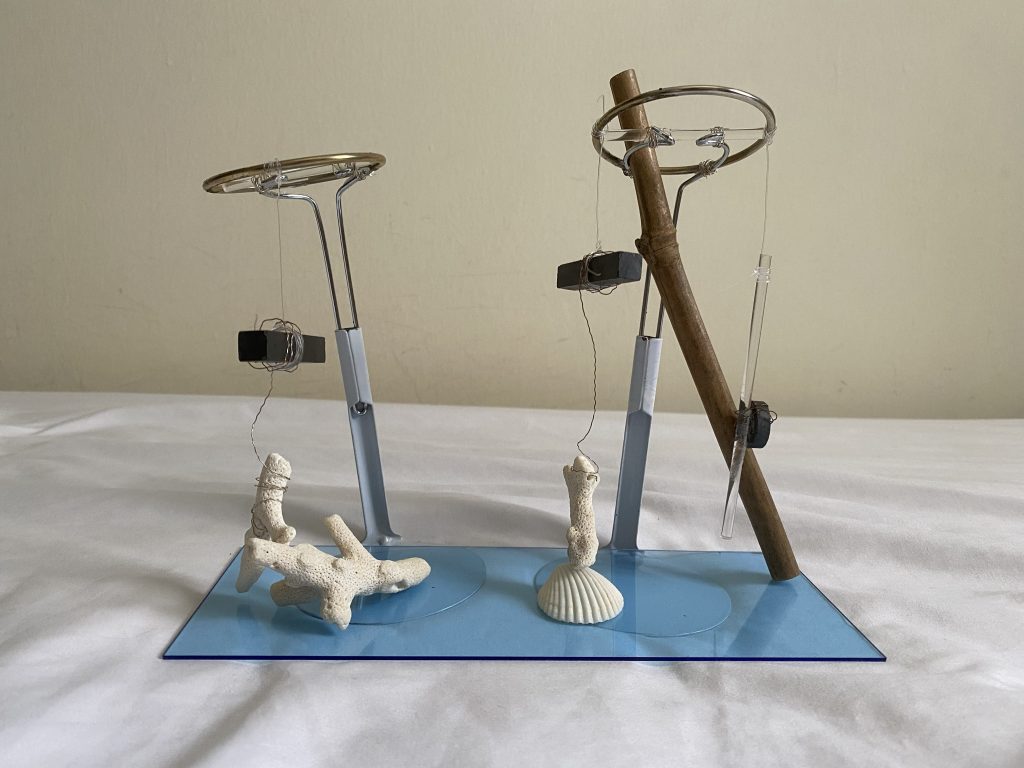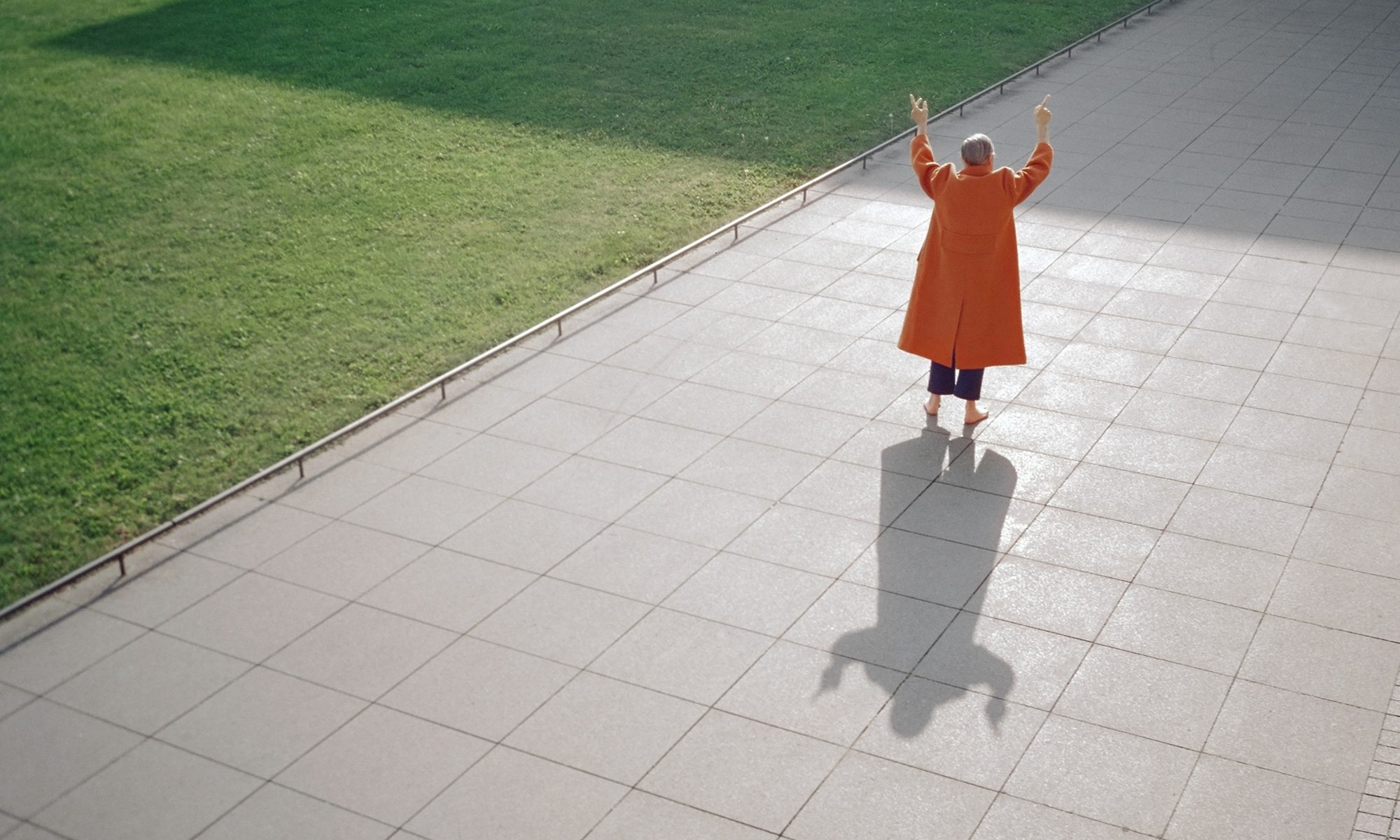Materials

Other than using magnets to create spontaneous movements, natural materials were chosen as inspired by Fujimoto Yukio’s work. These include seashells, wood, and corals.
Sounds
While playing with the different materials and listening to their sound, I noticed some materials make higher pitched sounds and some lower. With this, I decided to make the chimes have 3 differently pitched tones, classifying them according to their tone range.
Soprano – higher tone range
Alto – medium tone range
Bass – Lower tone range
Final Outcome of Magnet Chimes

Magnet Chimes is a work that aims to change the way we experience sounds from nature. The individual pieces come together to create spontaneous and random sounds. The sounds generated are derived from the movement of the magnets in the structure that attract and repel each other, as well as from the magnet held by the user.
Challenges
Setting up the height of the magnet, and the distance from each other was one of the tougher parts of this challenge. An equilibrium needed to be established to ensure the magnets are not too near or too far from each other. Another challenge was getting the sounds generated to be random. Because the movement is caused the the magnets held by the viewer, the sounds tend to be cluttered together and do not sound entirely random.
Moving Forward
The initial idea for this project was to create chimes that would interact only with each other via magnets to create sounds. However, while working on this project, I realised that establishing a system that would work was challenging and due to time constraints, the system changed to one that required the viewer to hold a magnet and play the magnet chimes. As mentioned by Dejan, a way to move forward with this project would be to experiment with electromagnets, which creates an entirely different system on how the sound may be generated. This could also allow the the chimes to work independently without needing a user to hold a magnet to interact with the chimes.
